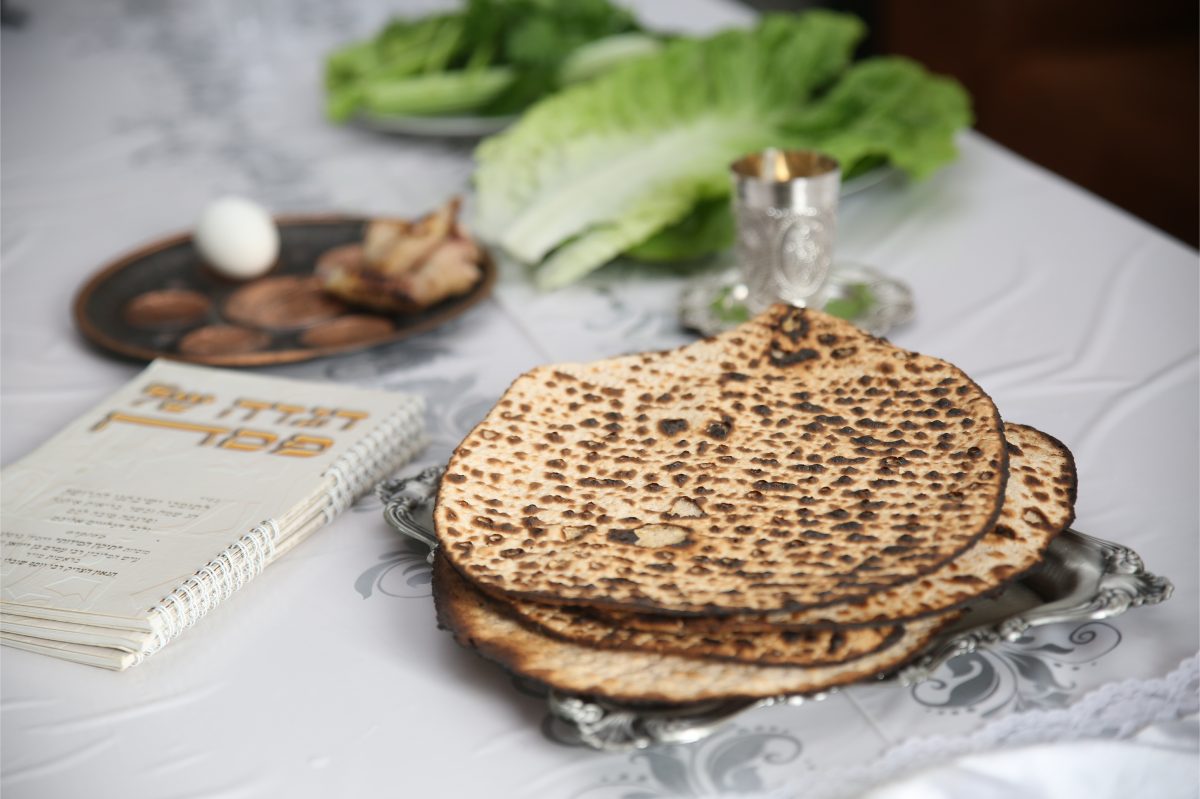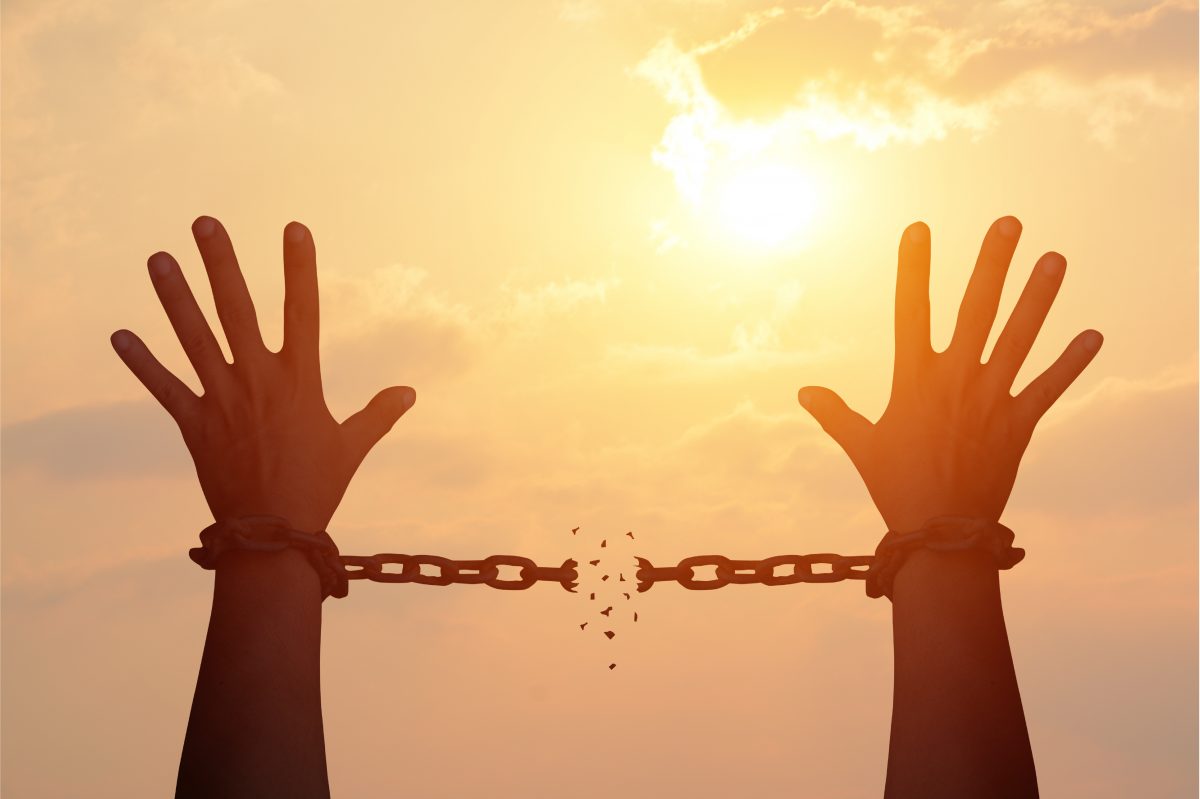Matzah with Maror, and Matzah without it…
The Alter Rebbe makes an observation that in devarim it describes two aspects of Matzah. That
which was eaten at the first seder in mitzrayim and that which was eaten after the Jewish
People left. The first was made proactively to be utilized with the Korban Pesach and the
second was made “accidentally” when the jewish people didn’t have enough time to allow their
bread to rise. The later Matzah is discussed in the pasuk in reference to the six days of pesach
which lead us to acharon shel pesach, the miracle of the splitting of the sea and the final
chapter of the exodus story. What is the connection? Why is it that “the afterthought” matzah
brings us to yam suf and not the holy and exalted matzah of the Korban Pesach
In the haggadah we receive correlating “mixed messages” about Matzah, sometimes the
Matzah is described as connected to the ritual of the Korban Pesach and sometimes as a
symbolism of our being rushed out of egypt, which one is it?
There are two times that we eat Matzah at the seder, one is Motzi Matzah the other is Korech.
The first we eat matzah alone, the second along with the mirror, memorializing the Korban
Pesach, Matzah and Maror sandwich eaten at the time of the Holy Temple.
Perhaps each of these correlates to one of the two Matza’s described above. Through kirsch we
are tapping into the ideal state of matzah, the matzah prepared and partaken in holiness with
the marror and korban pesach. The other matzah, the “afterthought” matzah, the one that only
came about because we were rushed and were being rushed out of Mitzrayim, is eaten alone.
The question that leaves us with is why do we eat Maror, the bitter herb with the “holy” matzah
while sanctifying the “afterthought” matzah alone. Also why is it that the “afterthought” matzah is
what carries us to Yam Suf – a more complete geulah, and not the holy matzah which
accompanies the Korban Pesach.
The Alter Rebbe explains that Matzah, as everyone knows, represents the energy of humility,
counteracting chametz (leaven) which represents arrogance (hot air). There are two types of
humility though. One humility emerges out of humiliation, the awareness of how far we have
fallen and how broken and desperate we are. This humility opens us up to receive help from a
higher source and power. Our false ego is reduced making space for the grace of G-d to enter
our lives. This the Alter Rebbe explains is the matzah that we ate with the Korban Pesach. It is
the matzah we eat still in Mitzrayim, the humble bread of humiliation and brokenness. Perhaps
we could add why this matzah is accompanied by the Marmor and Korban Pesach. To make it
possible to connect with this energy we need two supports, the emotional validation that maror
represents; affirming that we indeed have struggled and that these struggles have been bitter.
The next critical need is a simple action oriented call to action. Something to do which reflects
our surrender and commitment to do our part, leaving the rest to G-d, ie,Korban Pesach.
The other type of humility is the sort that emerges out of inspiration and elevated perception.
When we gain a consciousness of the greatness of G-d, and our connection with him we
naturally feel a sense of awe and reverence. Any ego we have is reduced when we realize how
big and wondrous G-d is and how fortunate we are to have the opportunity to be in relationship
with him. This humility perhaps doesn’t require anything else; it stands alone. This is the
Matzah we eat alone before everything else because it stands alone in its spiritual power.
Yet, we are left with a few of our questions and perhaps one more: Why does the second
matzah an “afterthought” if it is elevated and holy? why is it this matzah that carries us to achorn
shel pesach? Lastly, a new question, why do we eat the alone matzah first? why not the other
way around?
The answer to all of these lies not the fact that the first level of humility, the one rooted in
humiliation is really just a stepping stone to the higher level. It was only possible for the jewish
people to get to the elevated level of surrender and humility after the initial level of desperation.
Only through that desperation were they able to begin to leave mitzrayim to start their journey
toward elevated type humility. Yet, this lower level of humility is not enough to carry us to
sea-splitting level miracles, a truly remarkable shift and change in paradigm which transforms
everything, for that we need higher level humility, the type that comes with awe and reverence.
This is why the second type of matzah carries us to achron shel pesach and yam suf.
This elevated level of humility, the kind that emerges out of a state of expansive mindedness,
can’t be influenced or induced by others and it can’t be demanded. It happens somewhat on its
own. As we make ourselves fit to receive an elevated perspective and awareness we are gifted
with a new vision of ourselves, our lives and of G-d. It amounts to a miracle and a gift. As we
take advantage of the gift and access the miracle the door is opened for even greater gifts and
miracles until we reach sea-splitting level shifts and changes, the kind that free us from the
burden of our task masters and abusers. We are quite suddenly free from the grips of guilt,
shame and resentment, and we are not fully sure how we got there. No doubt we put in work to
develop and evolve ourselves spiritually and emotionally but the payoff is so far beyond to effort
its as if we were rushed into it.
So lastly, why do we start with the first type of matzah with elevated humility, especially once we
have learned that the first type, the humiliation broken type is a needed stepping stone? The
answer I believe is that Pesach nowadays is about living in the solution and not in the problem,
it is about celebrating the entirety of the geulah and its presence in our lives to the degree that it
is there.



